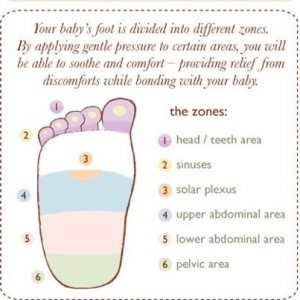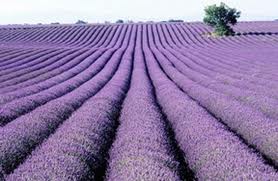Baby massage is a hugely beneficial tool for parents and carers to use as a natural and instinctive way of relieving tension, pain or discomfort. Have you ever sat with someone crying, and rubbed their back? This is natural and instinctive comforting. Have you ever had a child in pain from constipation and rubbed their back or belly? That’s instinctively trying to provide pain relief. For adults a reflexology massage can help speed up the recovery process of your body, but for babies and children, starting with baby massage might be all you need.
In a typical baby massage course, we follow a pattern or sequence which flows nicely, but isn’t compulsory. It is, however, the most natural way of working through the body.
We start by connecting with the baby through hands on contact and a few deep breaths and full body strokes.
We then focus on the chest area, performing various ‘moves’ in clockwise and anticlockwise directions and pitter pattering on the chest to loosen mucous and help with congestion in lungs.
We move down to the stomach and with a series of nine clockwise strokes, help move the wind along the digestive tract. I particularly love this part of the session, especially when parents have signed up specifically for problems with colic or constipation. Sometimes a baby will actually have a great big bowel movement in the session. Other times they’ll be really farty – which at that age is very cute!
A series of leg massages are wonderful, especially for newborns who still need to unfold from the fetal position, as well as toddlers experiencing growing pains. The leg massage movements encourage circulation in the legs, which also encourages muscle development. They can also help increase general strength and elasticity of muscle fibres as well as proving deeply relaxing for babies.
 The foot massage is a simplified form of reflexology, which stimulates all the internal organs. Depending on which parts of the foot are worked on, the massage is calming and settling, especially in an overtired or over stimulated baby. Other strokes are used for helping with feeding discomforts, as well as head, sinus and teething issues. This image has made its way around Pinterest and Facebook a few times, and I have no idea where it originated, but it’s pretty good for giving you a basic overview of what works where on feet.
The foot massage is a simplified form of reflexology, which stimulates all the internal organs. Depending on which parts of the foot are worked on, the massage is calming and settling, especially in an overtired or over stimulated baby. Other strokes are used for helping with feeding discomforts, as well as head, sinus and teething issues. This image has made its way around Pinterest and Facebook a few times, and I have no idea where it originated, but it’s pretty good for giving you a basic overview of what works where on feet.
Massaging the arms and hands in newborn babies encourages the opening of the arms, and increases circulation and blood flow. It also introduces babies to the concept of rolling and stretching and in newborns, encourages the opening of their hands.
Back massage is as useful in the treatment of colic and constipation as belly massage is. Not only does the act of resting their weight on the belly help shift trapped wind, and strengthening the neck muscles if they raise their heads, but it also stimulates the muscles on either side of the spine, encouraging vitalnerve development.
The final body part to be massaged, the face and scalp, is again a relaxing and sleep inducing treatment. It is also useful during times of teething which can also lead little ones to being highly congested.
So, overall, there are a number of areas that can be massaged in specific strokes and actions to bring relief to your baby in some of the most common infant discomforts.

I loved massaging my babies as much as they loved being massaged! Great post, I will certainly share. 🙂